Goshavank monastery complex
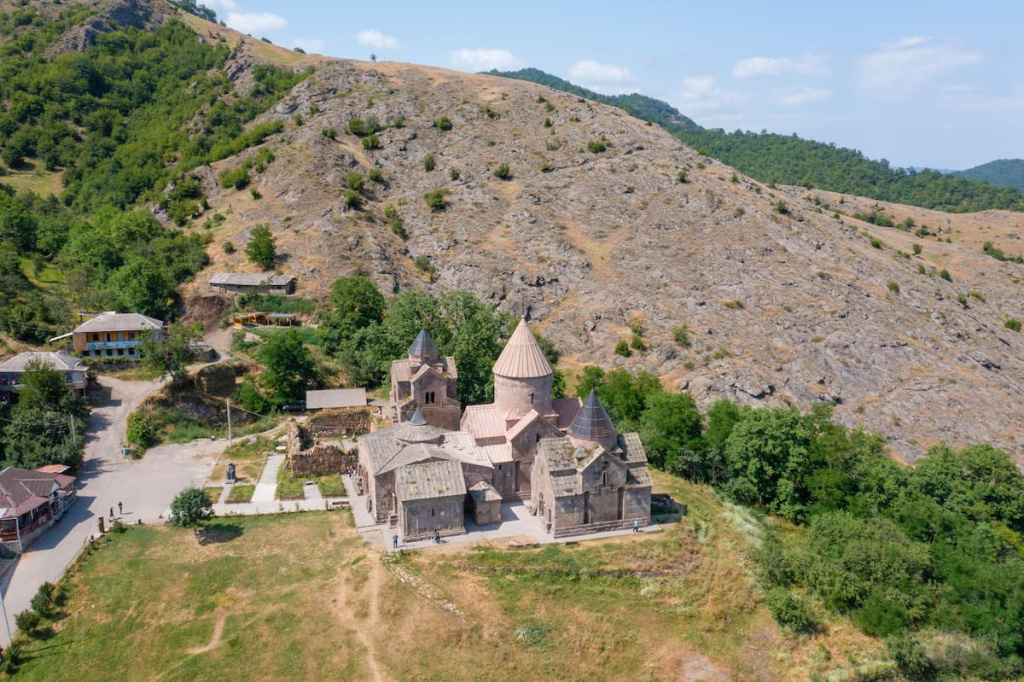
The medieval monastery complex of Goshavank is another remarkable specimen of the medieval temple architecture of Armenia. It is located in the center of Gosh village, in the picturesque Tandzut gorge. The complex is built on a high plateau, not far from the confluence of the Aghstev and Getik rivers, and as if it rises above the gorge.
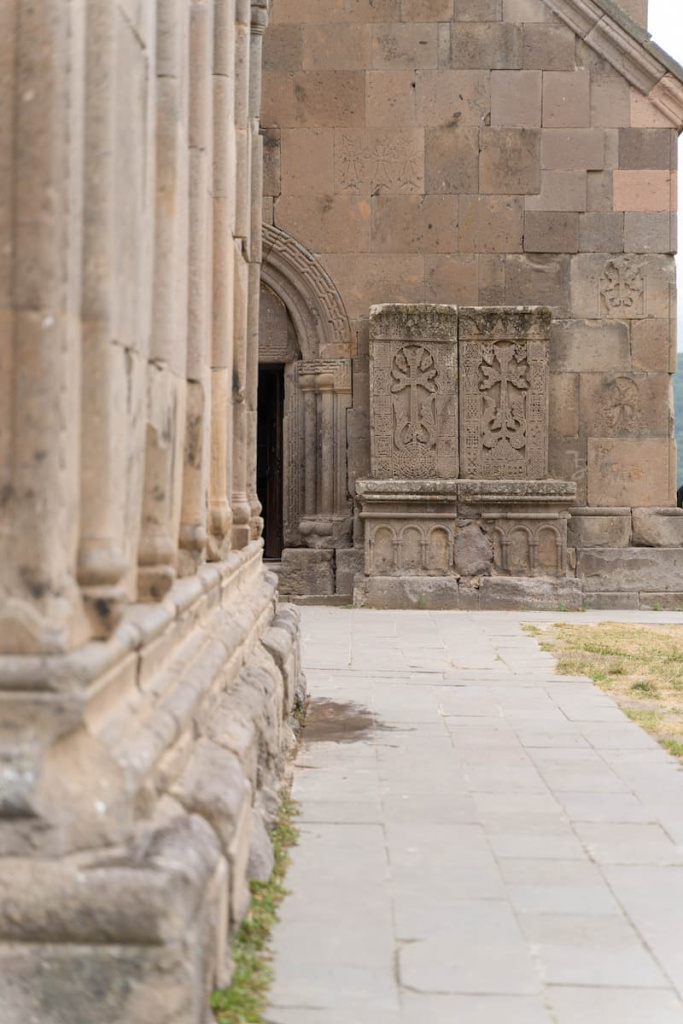
“This ensemble is a single whole with the surrounding nature, it also represents the creative genius of medieval architects who knew how to make excellent use of the landscape of the area,” the authors of the book “Historical and architectural monuments of Dilijan” claim.
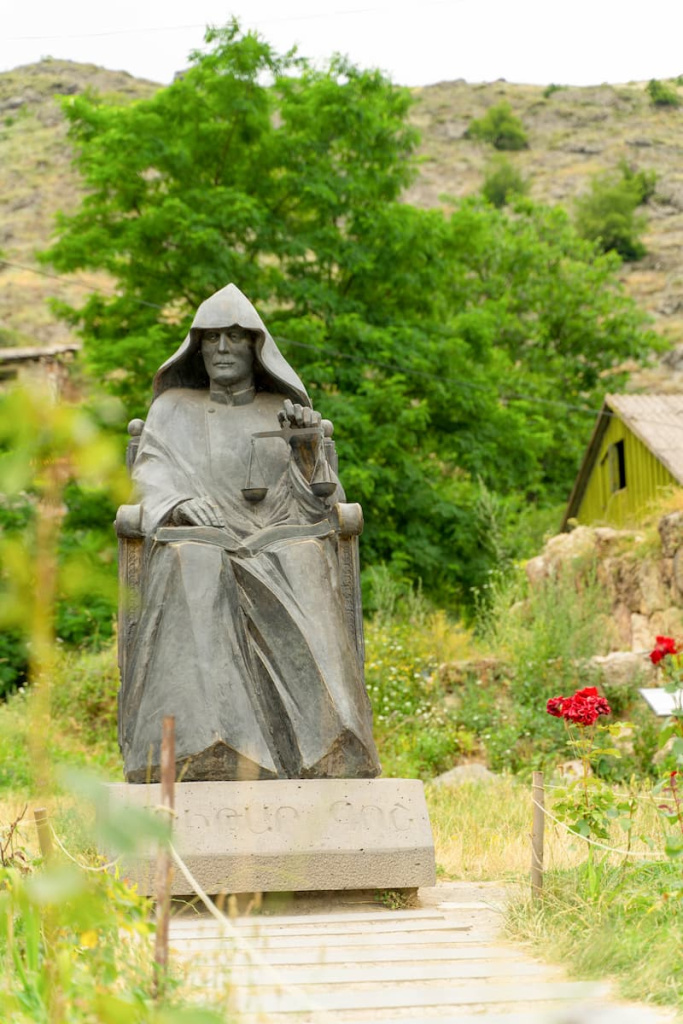
In the XII century, the outstanding Armenian thinker, philosopher, and jurist Mkhitar Gosh founded Nor Getik (New Getik) monastery on the site of an older Getik temple destroyed by an earthquake. In 1213 after the death of Mkhitar Gosh, the monastery was named Goshavank (translated as “Gosh Monastery”).
Mkhitar Gosh was buried near the monastery complex he built. Having completed the construction of the church and the narthex, Gosh built a small chapel for himself, next to which, according to the testimony of Kirakos Gandzaketsi, he was buried. This small chapel is traditionally considered to be the thinker's tomb.
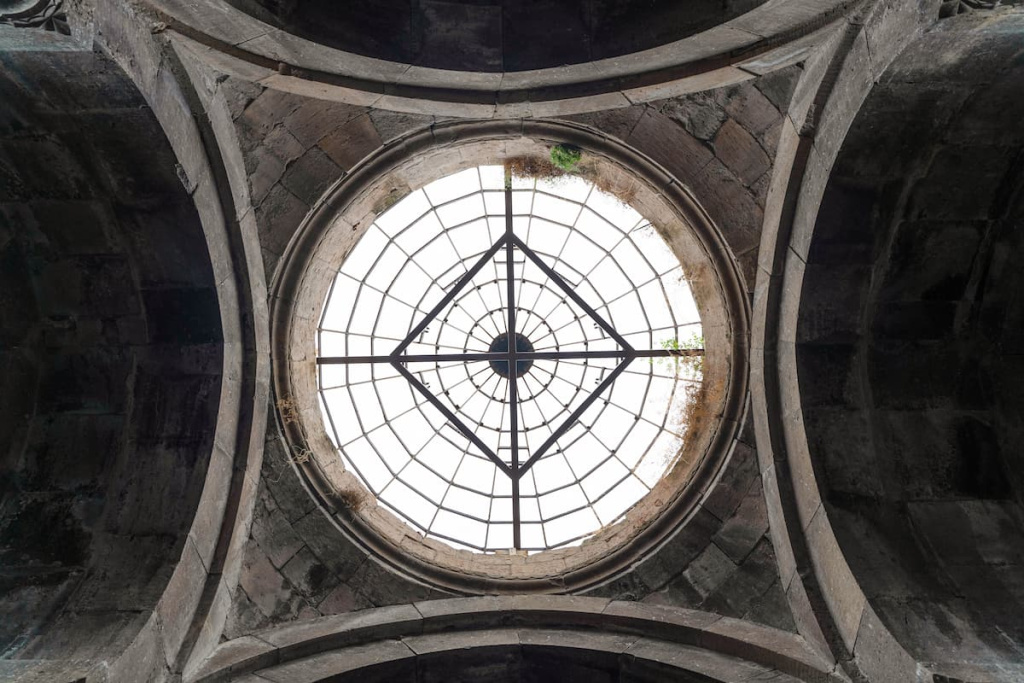
The monastery complex of Goshavank includes the churches of the Holy Mother of God (1191-1196), the narthex (1202-1203), the church of St. Gregory (1234), the church of St. Gregory the Illuminator (1237), as well as three chapels, bell towers, seminaries and a book depository (1241 - 1291).
The main church of the monastery complex is the Church of the Holy Mother of God (Surb Astvatsatsin) built in 1191-1196, which has a typical cross-domed structure with an altar apse in the eastern part. The church was built from local stone with a pink tint.
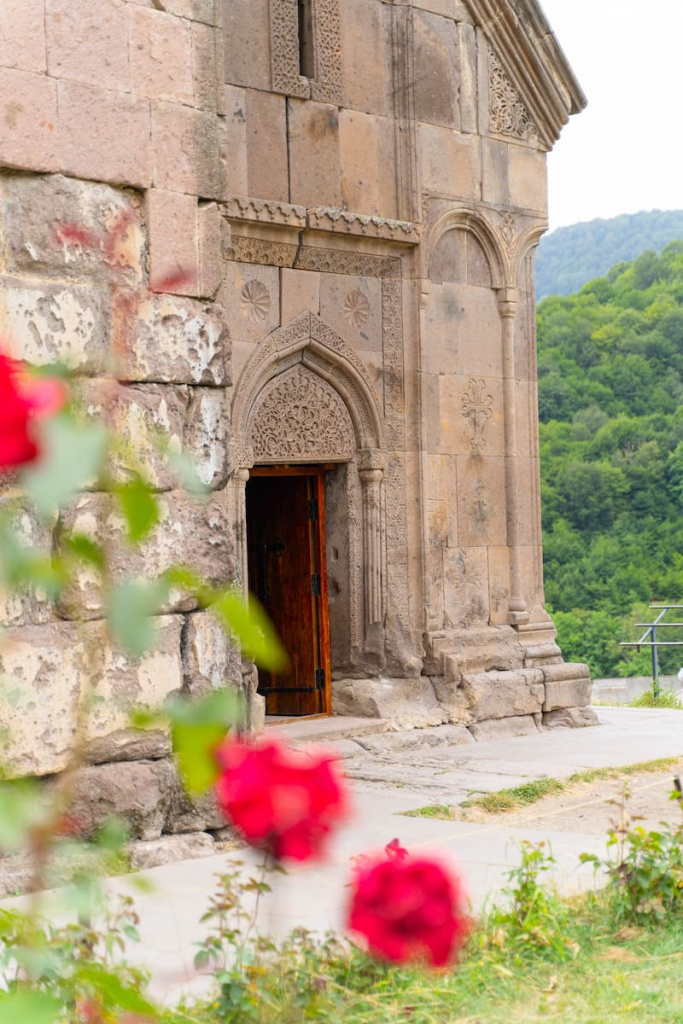
“The outer walls of the church are smooth, on the southern and eastern walls, there are small decorative triangular niches. A wide band runs along the upper part of the drum, filled with complex geometric relief ornament. A lavishly decorated portal into the western wall connects the church with the narthex.”
The monastery complex of Goshavank was not just a spiritual, but also an educational center of medieval Armenia. It was an actual university where philosophy, theology, music, and other sciences were taught. Prominent cultural figures of Armenia Vanakan Vardapet and Kirakos Gandzaketsi studied and lived here.
Any other questions?
Our specialists will contact you as soon as possible


